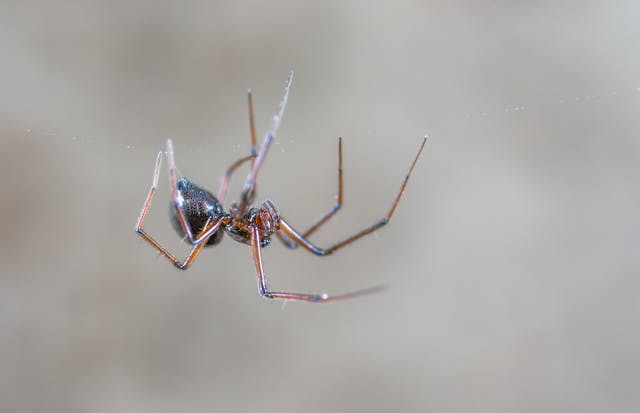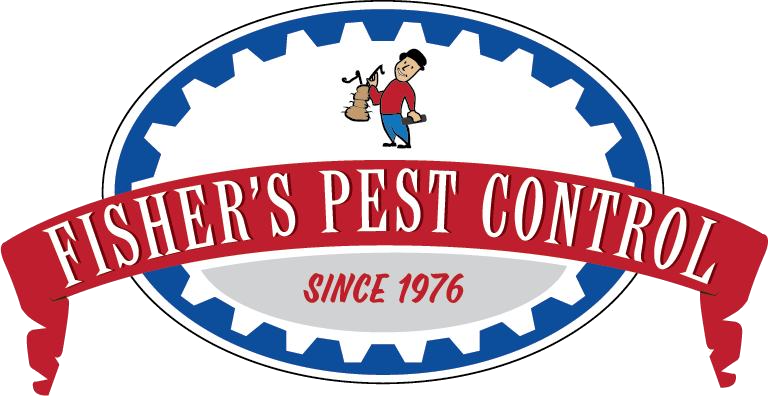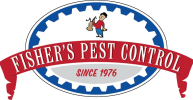When it comes to managing spider infestations, many homeowners look for methods that offer both thorough coverage and lasting results. Spider misting is one such approach that has gained attention for its ability to treat large areas quickly and effectively. By using fine mist applications, this method delivers targeted solutions to surfaces and spaces where spiders are likely to travel or build webs.
It is especially useful during peak spider activity seasons, when these pests are more likely to enter homes in search of shelter or food. Understanding how the process works, what it can achieve, and how to maintain the results will help you make informed decisions about its role in your overall pest management strategy.

Understanding Spider Misting and How It Works
Spider misting involves using specialized equipment to disperse a fine mist of treatment solution over targeted areas. Unlike spot treatments, which focus only on visible webs or known harborage points, misting covers a wider surface area.
- Coverage: The mist can reach into corners, crevices, and other hard-to-access locations where spiders hide.
- Contact and residual effects: The treatment works on direct contact with spiders while also leaving a residual barrier on treated surfaces.
- Versatility: It can be applied to various outdoor and indoor spaces depending on the level of infestation and environmental conditions.
Because spiders are often found in elevated or hidden areas, the ability of misting to penetrate multiple surfaces makes it a valuable tool in comprehensive spider control programs.
Preparation Steps Before the Misting Process
To ensure the effectiveness of spider misting, certain preparation steps are important. These not only help the treatment reach its target areas but also keep your household safe during the application.
- Clear treated zones: Remove outdoor furniture, toys, and personal items from the application area to allow full coverage.
- Close windows and doors: This prevents drift into unwanted areas and keeps treatment concentrated where needed.
- Relocate pets and cover aquariums: Animals should be kept away from treated areas until the solution has dried completely.
- Identify key spider areas: Note spots with visible webs or high activity to guide the technician in targeting problem zones.
Following these steps improves the efficiency of the treatment and minimizes the risk of missed areas. These actions can also complement other preventative measures that help keep spiders at bay before they become a recurring problem.
What Happens During the Spider Misting Treatment
On the day of the service, the technician will arrive with specialized misting equipment designed for even, thorough application. Here’s what typically occurs:
- Inspection and assessment: The technician will inspect the property to confirm target areas and check for any safety concerns.
- Equipment setup: Portable or stationary misting units are positioned to maximize coverage in the treatment area.
- Application process: The fine mist is dispersed over surfaces, with particular attention given to corners, eaves, window frames, and shaded areas where spiders tend to shelter.
- Post-treatment check: Once the mist has settled, the technician will ensure coverage is adequate and provide instructions for re-entry and maintenance.
The process is generally quick, but its thoroughness ensures both visible and hidden spider zones are addressed.
Aftercare and Maintaining the Results
While spider misting can significantly reduce active populations, its results are best maintained with consistent aftercare and preventive action.
- Remove webs and egg sacs: This eliminates potential hatching sites and discourages spiders from rebuilding.
- Reduce attractants: Keep outdoor lighting to a minimum at night to reduce the number of insects that serve as spider prey.
- Seal entry points: Address gaps around windows, doors, and vents to reduce the chance of spiders coming indoors.
- Ongoing inspections: Regular monitoring helps detect new activity before it becomes a larger problem.
Combining misting with long-term strategies such as structural sealing and environmental adjustments can extend the benefits of the treatment well beyond the initial application.
How Spider Misting Fits into an Integrated Pest Management Plan
Spider misting is an effective tool, but it should be part of a broader approach to pest control. Relying solely on one method may provide temporary relief without addressing the underlying causes of infestations.
Integrated pest management (IPM) combines multiple strategies to create a sustainable, low-risk solution for long-term spider control. This can include habitat modification, targeted treatments, exclusion techniques, and ongoing inspections. By incorporating spider misting into an IPM program, you create a layered defense that addresses both existing spiders and the conditions that attract them in the first place.
Take the Next Step Toward a Spider-Free Home
Whether you’re dealing with a sudden infestation or looking to maintain a pest-free environment, spider misting can be a powerful part of your plan. For a thorough inspection and customized treatment, contact Fisher’s Pest Control and keep your home protected year-round.





